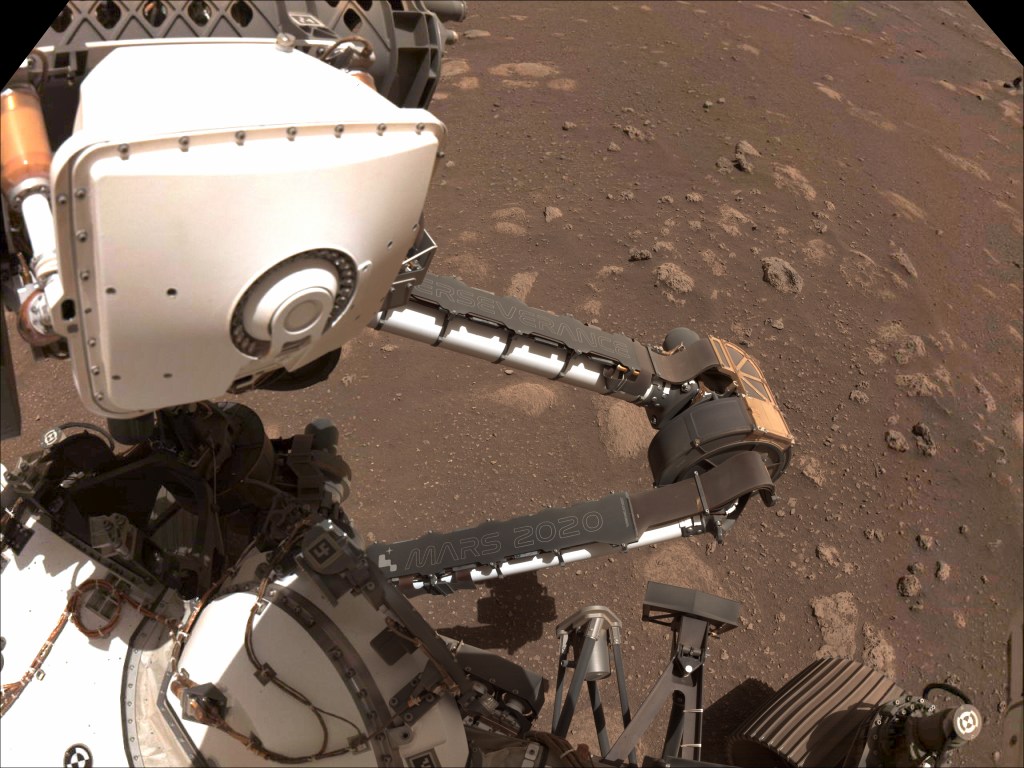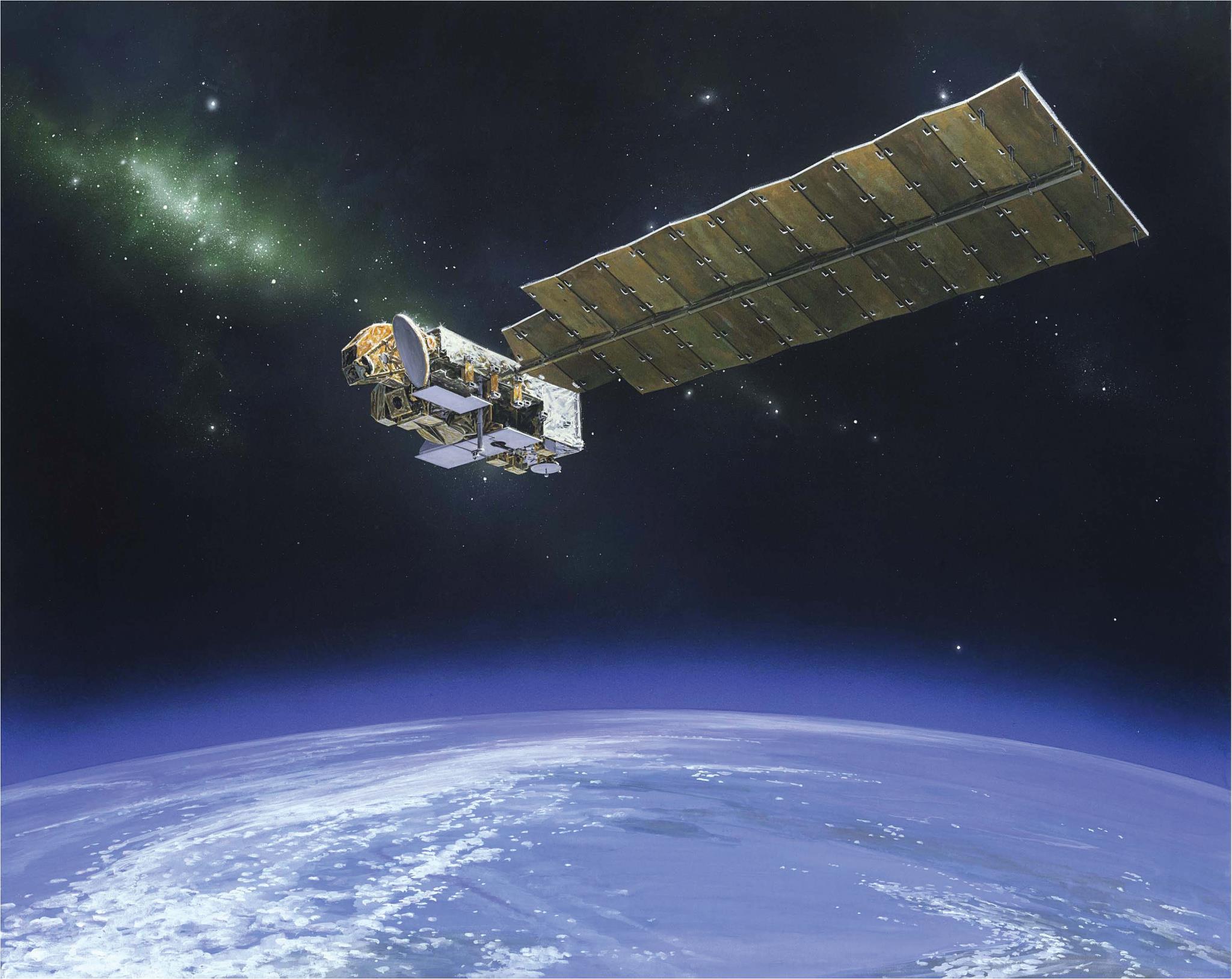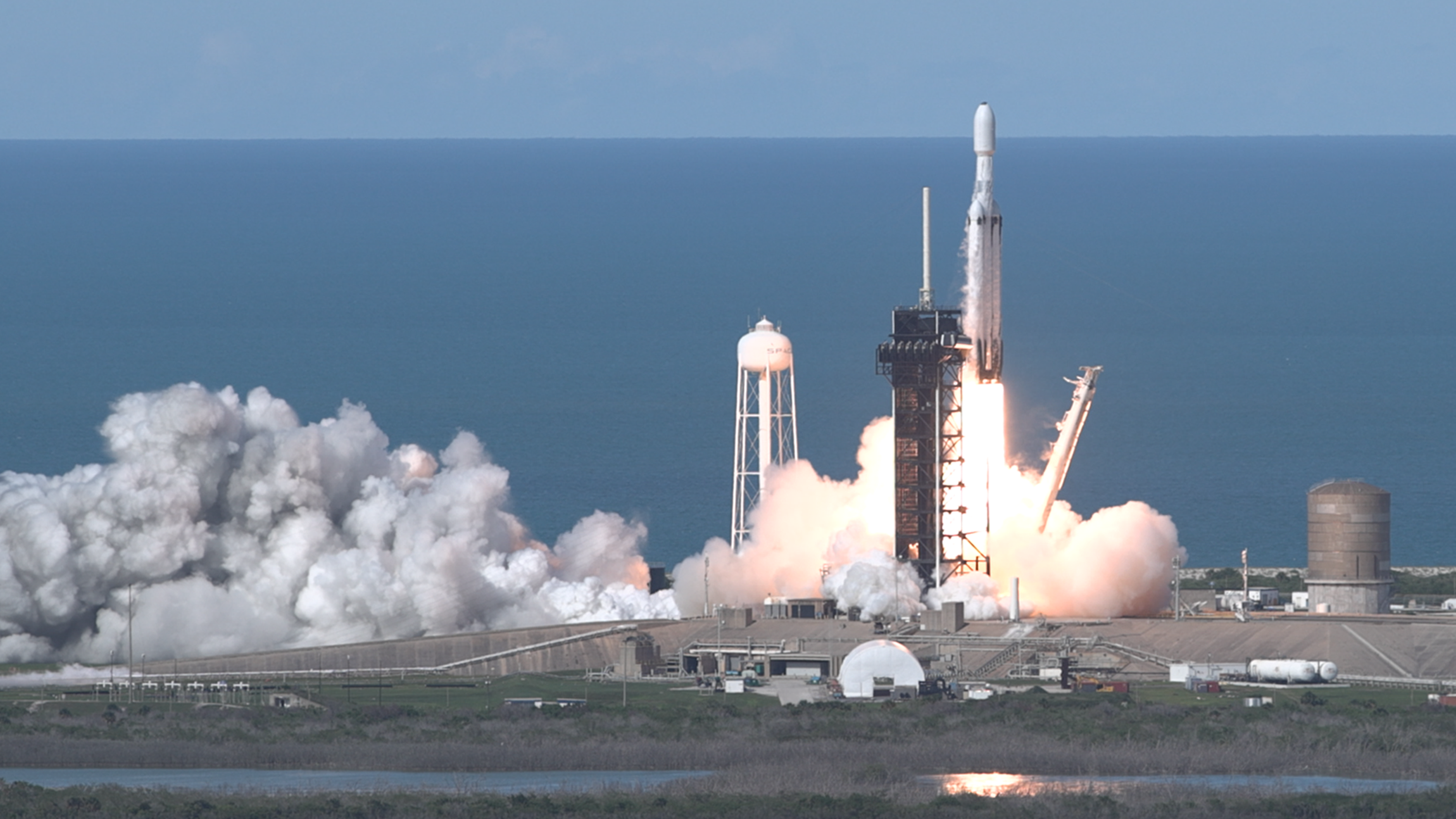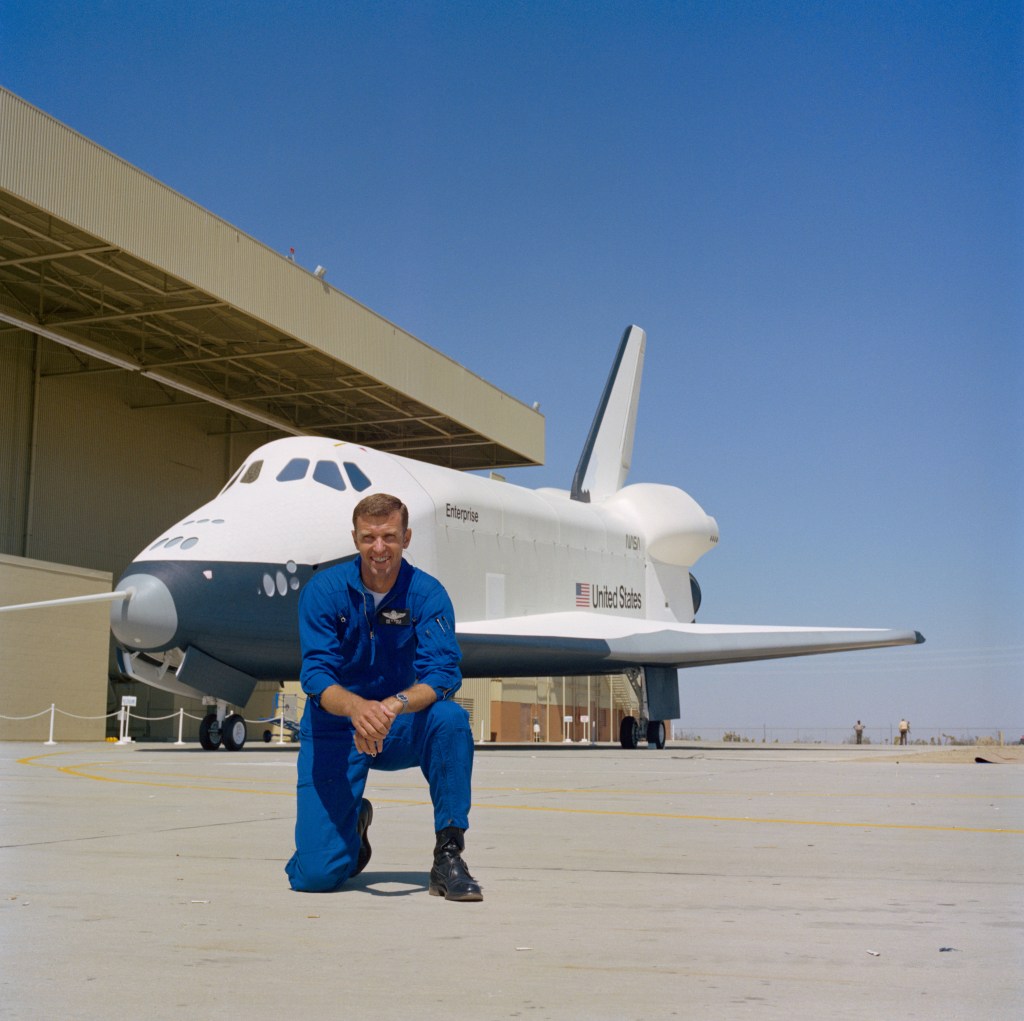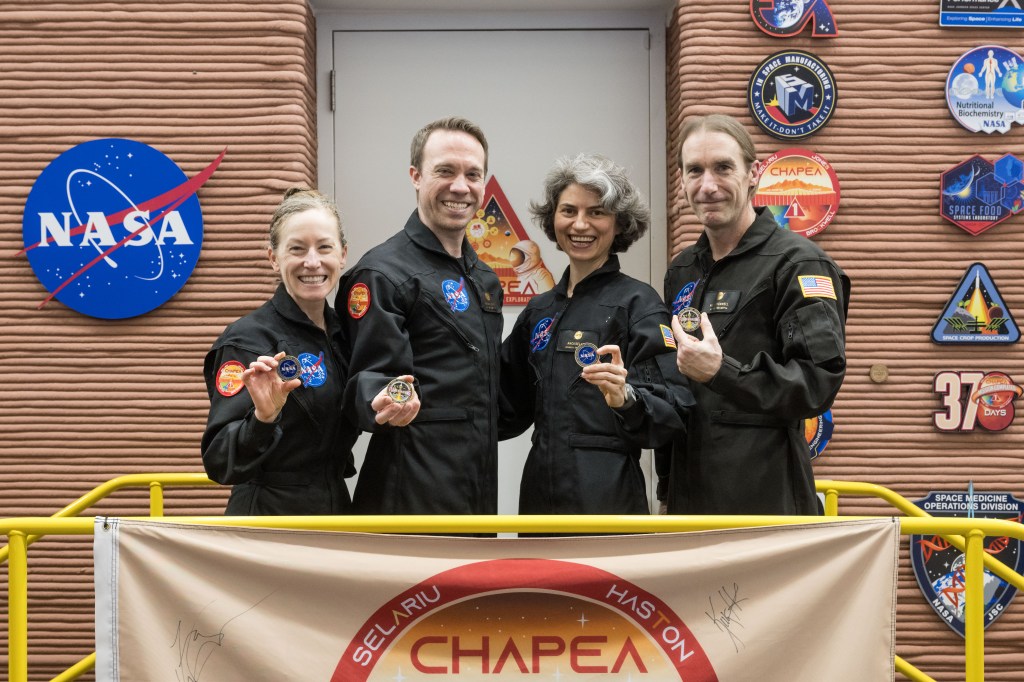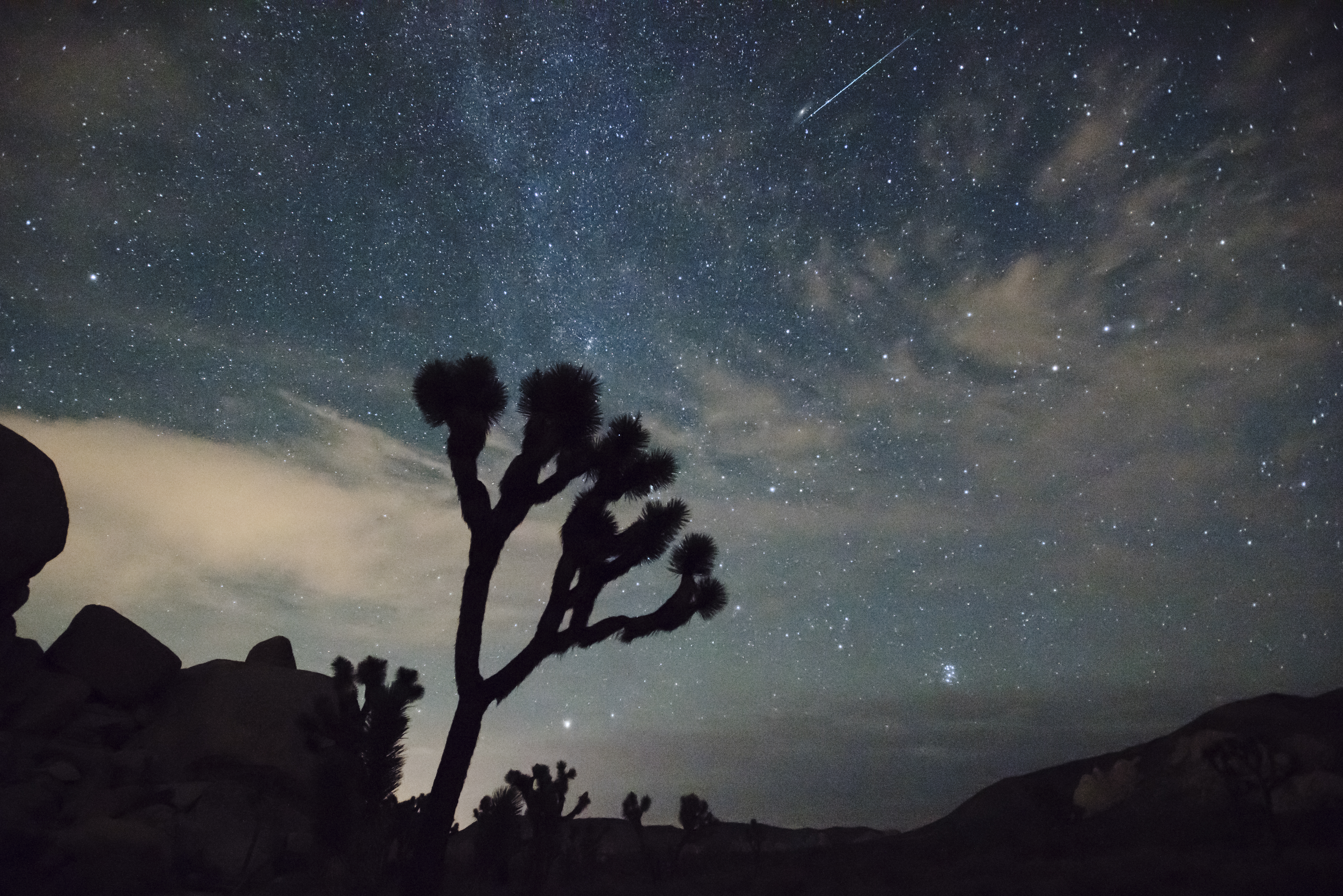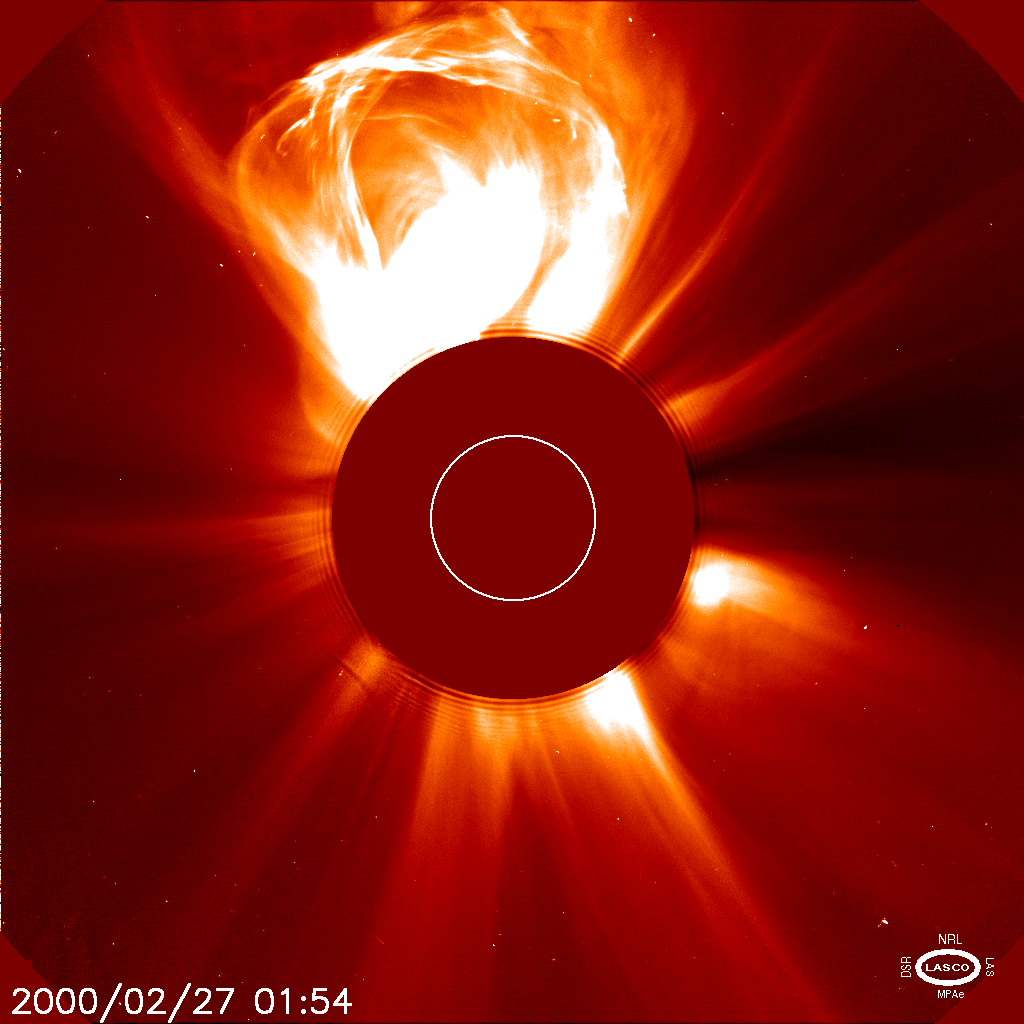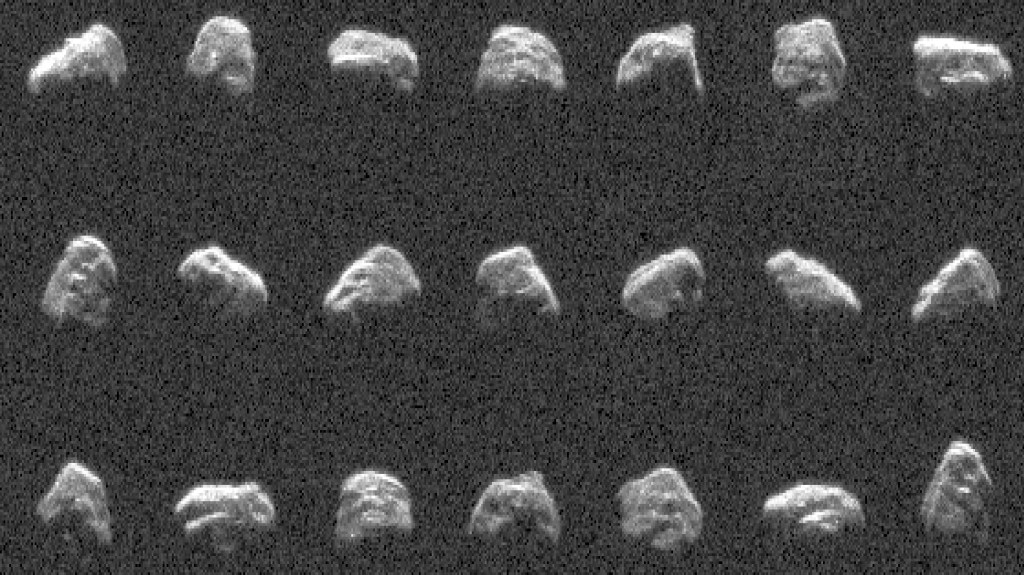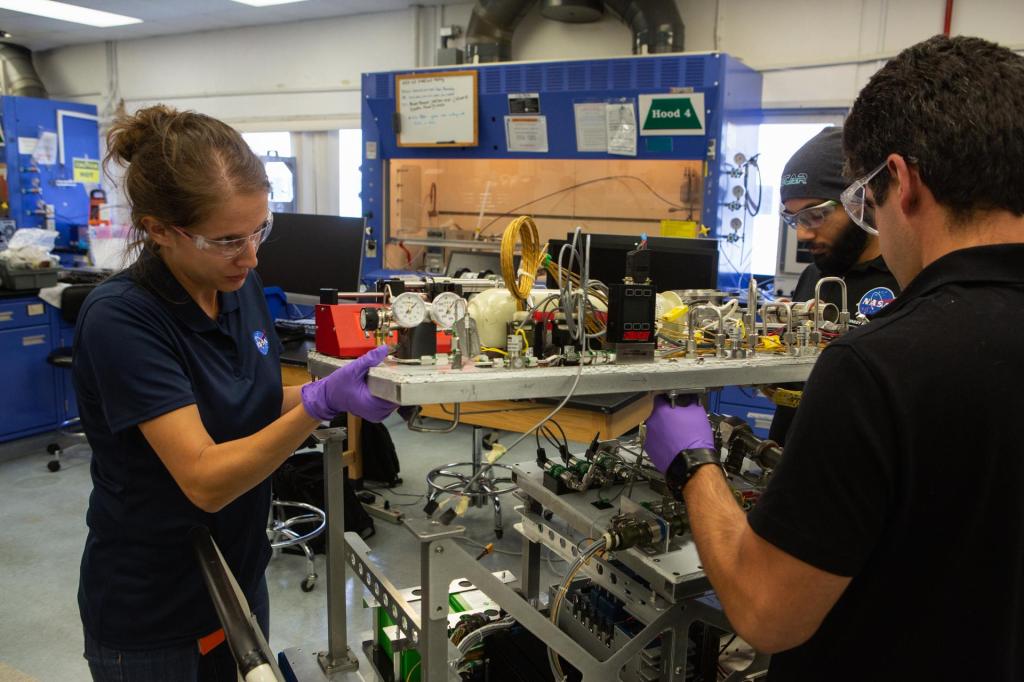Navajo Technical College in Crownpoint, N.M. recently transitioned from a two-year college to a four-year university thanks to funding from NASA’s Minority University Research and Education Program (MUREP) Small Projects (MSP). In partnerships with the agency, students from Navajo Tech worked with two NASA centers in recent years supporting projects related to future space exploration.
MUREP is an effort of the agency’s Office of Education to engage underrepresented populations through a wide variety of initiatives. Multiyear grants are awarded to assist minority institution faculty and students in research or curriculum content related to NASA’s missions as well as internships and scholarships. Managed for NASA at Kennedy, MSP focuses on recruitment and retention of underrepresented and underserved students in science, technology, engineering and mathematics, or STEM, disciplines through completion of undergraduate or graduate degrees in support of their entry into the scientific and technical workforce.
“Navajo Tech has helped NASA with projects such as laser scanning for critical flight support buildings for Marshall (Space Flight Center),” said Theresa Martinez, MSP project manager in Kennedy’s Education Programs and University Research Office. “Now we have an opportunity to help them.”
Navajo Tech students and faculty worked with two NASA centers during the summers of 2010 and 2011 using laser-scanning techniques to determine whether there was enough clearance to move a piece of developmental rocket hardware from one building to another at Marshall in Huntsville, Ala. The techniques allowed the team to make reliable, precise measurements of the buildings.
Navajo Technical College was chartered in 1979 by the Navajo Nation with a mission to offer technical, vocational and academic degrees and community education in a student-oriented, hands-on learning environment.
“Building on NASA’s previous MUREP Small Projects (MSP) seed funding, Navajo Tech has incorporated laser scanning and rapid prototyping technology skills into courses at the college,” Martinez said. “This grant has created a greater impact for the college than any of us ever expected.”
These are critical skills needed by NASA and also bring work directly into the Navajo community. The new courses have developed into a four-year degree in technology with a concentration in digital manufacturing. Additionally the college now offers four-year bachelor’s degrees in industrial engineering, information technology, environmental science and natural resources and the Dine’ (Navajo) language, culture and leadership.
“These laser-scanning techniques and critical skills developed in the NASA-Navajo Tech partnership are now resulting in businesses requesting support from the school in New Mexico,” she said. “Corporations are hoping to utilize this new technology in their industry which brings work directly into the Navajo community and economic growth in the area around the school. This should result in job opportunities for the first new four-year Navajo Tech students expected to graduate in 2014.”
More career options for Navajo Technical College students also have resulted in a boost to recruitment. MSP funded student internships over the last three years have been a critical component for retention of Navajo Tech students.
“Over the past few years, enrollment at Navajo Tech has gone from 300 students to over 1,800,” Martinez said. “Transition from a two-year college to a four-year university has been very exciting to watch, knowing that NASA was the catalyst for the change.”
NASA MSP efforts have been active in other areas. The agency’s Minority Innovation Challenges Institute (MICI) has helped train and mentor minority undergraduate students through an MSP grant provided to Florida A&M University.
“MICI is a year-round virtual conference platform where minority undergraduate students learn how to compete in NASA technical challenges for both prestige and significant cash prizes,” Martinez said.
The competitions provide prizes ranging from $5,000 to $2 million. Participation is open to any undergraduate student located within the United States who currently is majoring in a field of study relating to science, technology, engineering and mathematics. In addition, university faculty members are welcome to attend these sessions so they can take this information back to their classrooms.
“The Minority University Research and Education Program has been a two-way effort,” Martinez said. “While we’re glad to assist college students in advancing their studies, they have provided many new ideas that are helping us at the same time.”
To learn more about NASA’s Minority University Research and Education Programs Small Projects, visit https://www.nasa.gov/offices/education/programs/descriptions/Minority_University_research_Small_Projects.html#.Uh4Pu3fld8E


